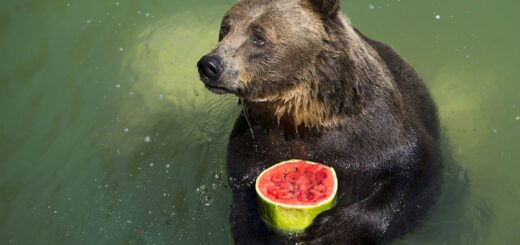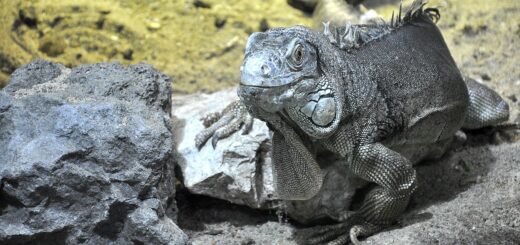Observations on weight loss and fecal consistency in giant anteaters (Myrmecophaga tridactyla) during three transitions from a mixed natural in-house to commercial complete diets
Citation
Wyss F, Gull J, Rothlin T, Scheiwiler T, Clauss M, Hatt JM. 2013. Observation on weight loss and fecal consistency in giant anteaters (Myrmecophaga tridactyla) during three transitions form a mixed natural in- house to commercial compete diets. In Ward A, Coslik A, Mahan K, Treiber K, Reppert A, Maslanka M, Eds. Proceedings of the Tenth Conference on Zoo and Wildlife Nutrition, AZA Nutrition Advisory Group, Salt Lake City, UT.
Abstract
Giant anteaters (Myrmecophaga tridactyla) are highly specialized insectivores with low energy requirements compared with similar-sized mammals and an exceptional feeding apparatus and behavior.6,7 Common health problems which have been attributed to suboptimal nutrition are loose stool or diarrhea, anorexia, tongue tip constriction or vitamin K deficiency.4,8 Traditional, natural in-house diets typically include dog kibble, cereals, honey, milk products, meat and insects.5 Simpler (and more rational) diets consisting of a mixture of commercial dry feeds for cats and leaf eaters have been promoted particularly in the US.2 In recent years commercial complete diets have become available. Potential advantages of such diets are nutritional adequacy, standardized quality, less preparation time and facilitated exchange of animals between institutions. However, it has been reported that anteaters may be very reluctant for a diet change and may react with prolonged refusal.1,3 For veterinarians and curators it is difficult to decide what period of anorexia and what percent of weight loss is acceptable. Here we report observations from three consecutive dietary changes (Diet A, B, C; Table 1) made with three giant anteaters (Figure 1). The animals were clinically healthy and stool consistency was firm. The changes took place over a period of 3 years. Prior to the diet change, giant anteaters at Zurich Zoo were fed with a mixed natural in-house diet of minced meat, dog pellets, low fat curd cheese, cereals, shrimp meal, honey, seasonal fruits, boiled eggs, chitin powder, mineral/vitamin supplement and sifted peat.8 Diet A was completely refused by all three animals and the trial was stopped after three weeks of reduced and intermittent intake resulting in increased aggression against keepers and tapirs (which share the exhibit with anteaters). The loss of weight of 6% was considered not acceptable for two lactating females. After 14 months on the previous traditional diet, a second attempt with diet B was made. This diet was accepted with increasing amounts over a period of 4 months but a weight loss of 6-24% occurred after 18 months on this diet, and all animals showed repeatedly loose stool. Due to high cost of diet B and irregular supply, a third change to diet C became necessary. Both female anteaters immediately started to eat diet C well and to increase weight. With diet C all animals showed loose stool, which was eliminated by adding peat to the diet (115gr to 260gr of diet C, per animal, twice a day), which represented an increase of the content of crude fiber from 13% to 17% in dry matter. Within 12 months the two females increased their body weight by up to 33% (Figure 1). The male showed intermittent reluctance to eat the diet and eventually died of causes considered unrelated to the diet change.
A possible reason for the complete refusal of diet A may have been the fact that it was provided as granules first, which the animals did not seem to like, and only as ground powder later. Diets
B and C were powdered from the beginning. It should be noted that diet A appears to be well accepted by anteaters at other institutions.8 Therefore we think that the history presented here does not represent a test case of the three diets, but illustrates the problem in overcoming individual feeding preference inertia in this species. The transition from the traditional custom made to a commercial diet resulted in a timesaving effect of approximately 45 min per day.
In conclusion, we observed that the introduction of commercial complete diets may result in important weight loss of up to 20%. In lactating females a weight loss of more than 6% was considered not acceptable. Occurrence of loose stool appears to be a problem observed with introduction of commercial complete diets in giant anteaters in general and needs to be addressed with addition of fiber into the diet.
 10_Wyss.pdf 174 KB
10_Wyss.pdf 174 KB








